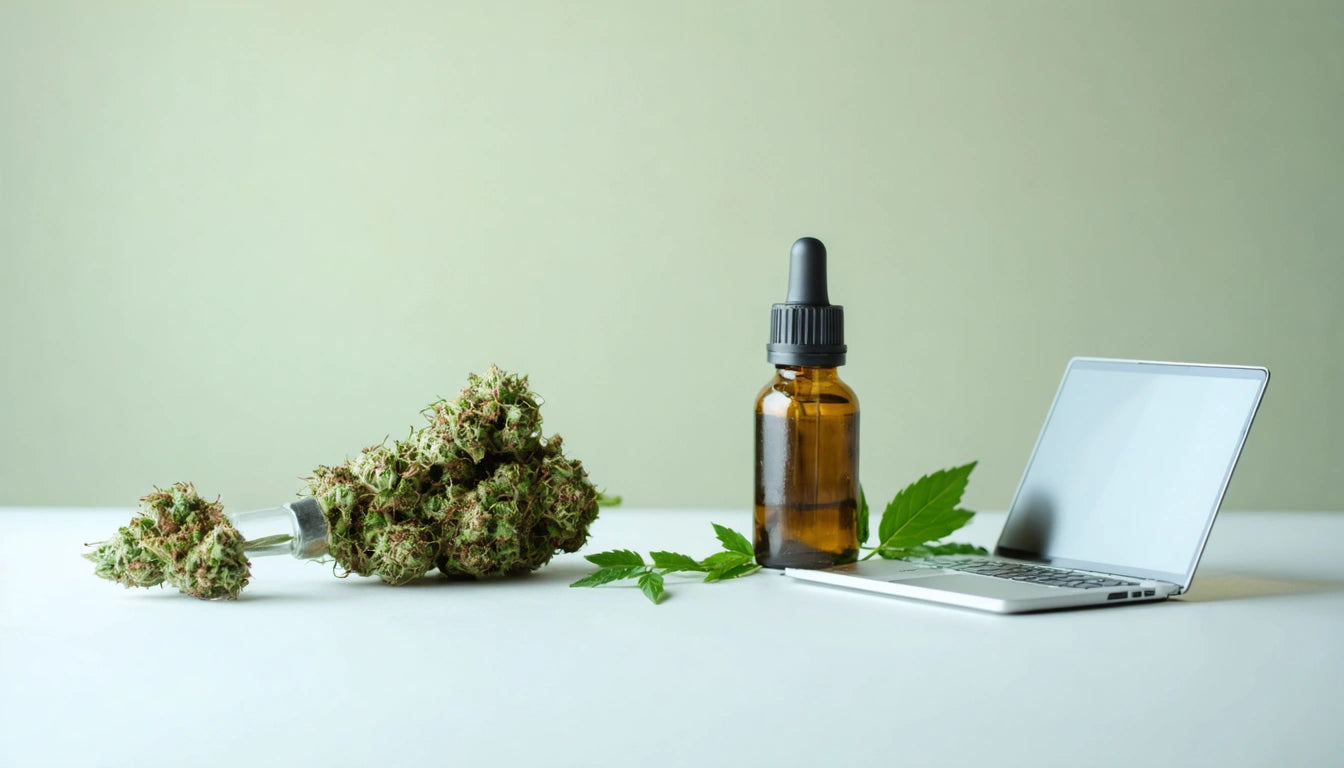Table of Contents
Cannabis product labeling presents unique challenges that extend beyond typical consumer packaged goods. With stringent regulatory requirements that vary by state, deciding between handling labeling in-house or outsourcing to specialists becomes a strategic business decision with significant operational implications.
Key Considerations for Cannabis Labeling Decisions
Before choosing between in-house and outsourced labeling, cannabis businesses must evaluate several critical factors. Production volume, regulatory complexity, and available resources all influence which approach delivers the best value. Additionally, state-specific labeling requirements create a complex compliance landscape that must be navigated regardless of the chosen solution.
According to industry research, approximately 60% of mid-sized cannabis producers handle some portion of their labeling in-house, while larger multi-state operators tend to favor outsourcing for consistency across markets.
In-House Labeling: Advantages and Challenges
Speed and Flexibility Benefits
In-house labeling offers immediate control over production timelines. When market demands shift or compliance requirements change, having on-site capabilities allows for rapid adaptation. This agility becomes particularly valuable when implementing dynamic labeling with variable data such as batch numbers, harvest dates, and THC percentages.
Companies utilizing automated filling and labeling equipment can further streamline their production process, reducing labor costs while maintaining consistent application quality across products.
Equipment and Training Investment
The initial investment for in-house labeling includes:
- Label printers (thermal transfer, digital, or flexographic)
- Application equipment (manual, semi-automatic, or fully automatic)
- Design software and compliance databases
- Staff training and quality control systems
These costs can range from $5,000 for basic setups to over $100,000 for comprehensive systems with high-volume capabilities. The ROI timeline typically extends from 12-24 months depending on production volume.
Outsourcing Labels: Benefits and Limitations
Expertise and Economies of Scale
Outsourcing to specialized cannabis label providers offers access to compliance expertise and advanced printing technologies that might be cost-prohibitive in-house. Professional label suppliers often maintain updated compliance databases and can provide guidance on future-proofing labels against regulatory changes.
For premium brands seeking distinctive visual appeal, outsourcing partners can deliver custom foil, embossed, and holographic effects that enhance shelf presence without the specialized equipment investment.
Lead Times and Minimum Order Quantities
The primary limitations of outsourcing include:
- Production lead times (typically 7-14 business days)
- Minimum order quantities (often 1,000+ labels per SKU)
- Reduced flexibility for last-minute changes
- Potential communication delays during revision processes
These constraints can create inventory management challenges, especially for products with shorter shelf lives or brands frequently updating packaging designs.
Compliance Management Across Both Approaches
Regardless of the labeling approach, cannabis businesses must ensure their labels meet all regulatory requirements. This includes proper display of warning statements, THC content, barcodes, and required legal text.
In-house teams must maintain current compliance knowledge and implement quality control checks to prevent costly errors. Outsourcing partners typically offer compliance verification services, but the legal responsibility ultimately remains with the cannabis business.
Some states require pre-approval of labels before products can be sold, adding another layer of complexity to the label approval process. This regulatory hurdle affects timing considerations for both approaches.
Cost Comparison and ROI Analysis
A comprehensive cost analysis must account for both direct and indirect expenses:
In-House Cost Factors
- Equipment purchase or lease
- Maintenance and supplies
- Labor for design, printing, and application
- Quality control and compliance management
- Storage space for materials
Outsourcing Cost Factors
- Per-unit label costs
- Setup fees and plate charges
- Rush fees for expedited orders
- Shipping and handling
- Inventory carrying costs
For many mid-sized operations producing 5,000-10,000 units monthly, the break-even point between approaches typically occurs around 18 months after implementing in-house systems. However, this timeline varies significantly based on product mix, label complexity, and regulatory environment.
Making the Right Choice for Your Operation
The optimal labeling strategy often involves a hybrid approach that balances control and efficiency. Many successful cannabis businesses maintain basic in-house capabilities for variable data and small runs while outsourcing complex, high-volume label production.
When evaluating options, consider these decisive factors:
- Growth trajectory and scaling plans
- Cash flow and capital investment capacity
- Regulatory complexity in your markets
- Importance of packaging differentiation
- Internal technical capabilities
Whichever approach you choose, investing in proper label design that balances compliance and marketing appeal remains essential for building brand recognition and consumer trust in the competitive cannabis marketplace.











Leave a comment
All comments are moderated before being published.
This site is protected by hCaptcha and the hCaptcha Privacy Policy and Terms of Service apply.